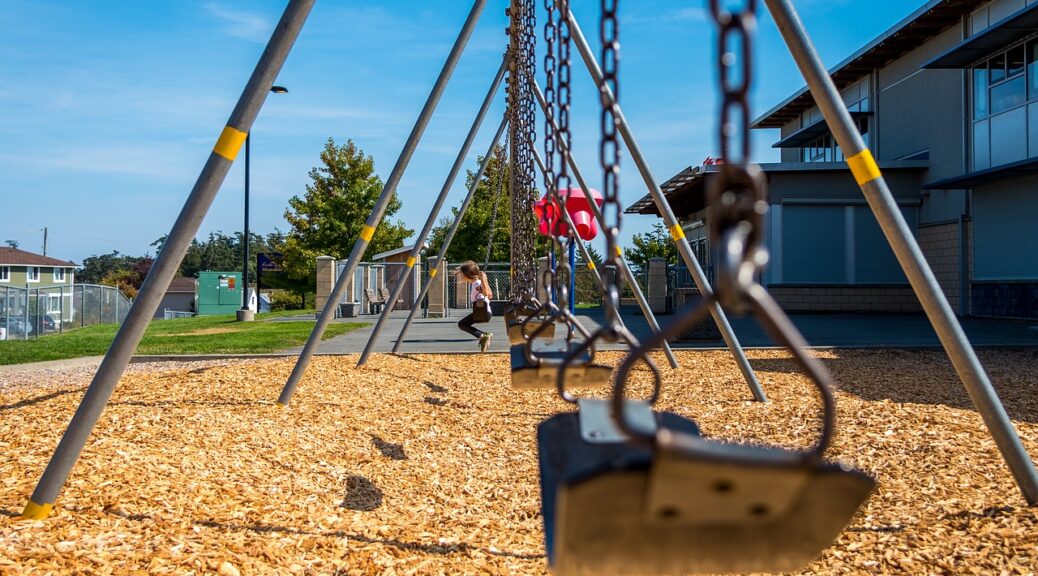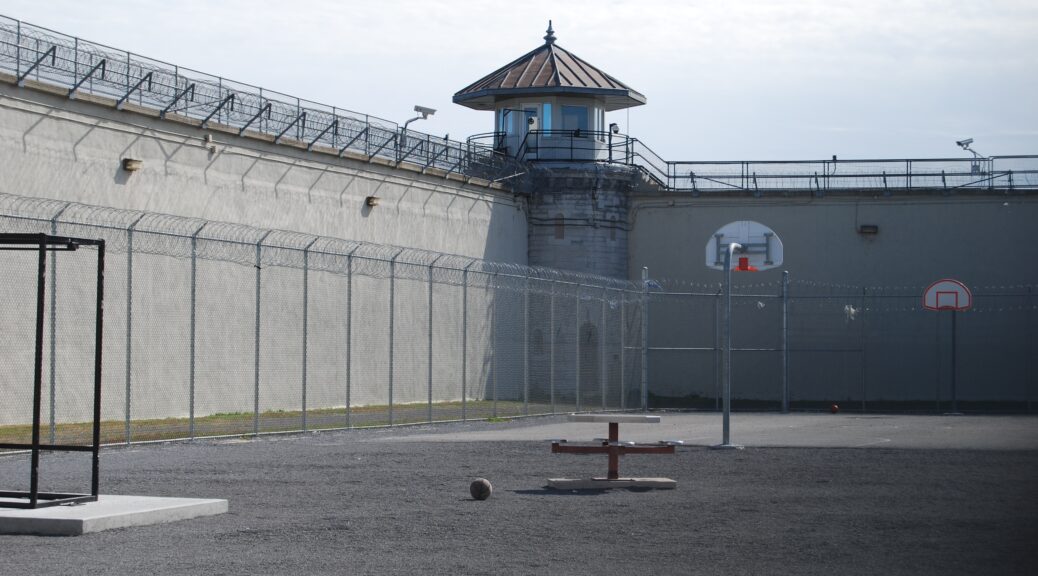Sun Safety Communication and Behavior for Students in a School Policy Intervention
In a recent publication in the Australian and New Zealand Journal of Public Health, Klein Buendel researchers and collaborators evaluated the Sun Safe Schools policy implementation intervention program in California school districts.
The United States has a high occurrence of skin cancer which has created a call to action for many organizations. The Sun Safe Schools program was created to help prevent skin cancer and to protect the nation’s youth by encouraging healthy sun safety habits for young students. In schools specifically, “children receive substantial solar ultraviolet radiation (UV) exposure, including while at school (1), and are frequently sunburned (2).”
In the study, primary schools who had existing sun safety policies were randomized into intervention and control groups and a posttest was distributed to parents. With parents in the intervention schools receiving more information about sun safety, their students on average were more likely to wear sun-protective clothing outside of school more frequently than the students of parents in the control schools. Parents in the intervention group also reported less sunburns and less time outdoors among children whose schools had implemented sun safety practices. A full description of the methods, analyses, results, conclusions, and limitations can be found in the publication.
Overall, support and implementation for a sun protection policy in school districts increased the amount of sun safety information to parents and increased the effectiveness of sun safety behaviors for children. However, experienced faculty and engaging parents are both important factors in the prevention of student skin cancer.
This research was funded by a grant from the Eunice Kennedy Shriver National Institute of Child Health and Human Development at the National Institutes of Health (HD074416; Dr. Kim Reynolds and Dr. David Buller, Multiple Principal Investigators). Other authors include Dr. Richard Meenan from the Kaiser Permanente Center for Health Research in Portland, Oregon; Dr. Jeff Ashley from Sun Safety for Kids in Los Angeles, California; Kim Massie previously from Claremont Graduate University; and Mary Buller and Julia Berteletti from Klein Buendel.
References
1. Buller DB, Borland R. Skin cancer prevention for children: a critical review. Health Educ Behav. 1999;26(3):317-43.
2. Buller DB, Cokkinides V, Hall HI, Hartman AM, Saraiya M, Miller E, et al. Prevalence of sunburn, sun protection, and indoor tanning behaviors among Americans: systematic review from national surveys. J Am Acad Dermatol. 2011;65(5 Suppl 1):114-23.


